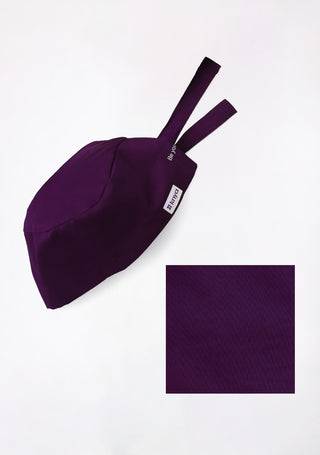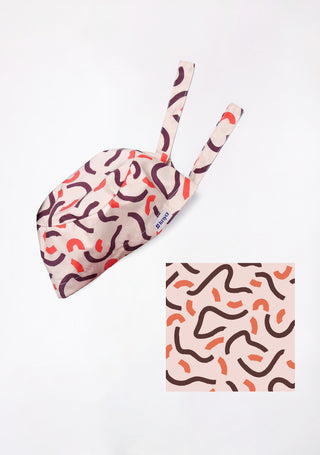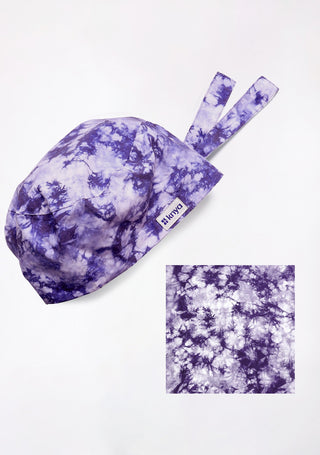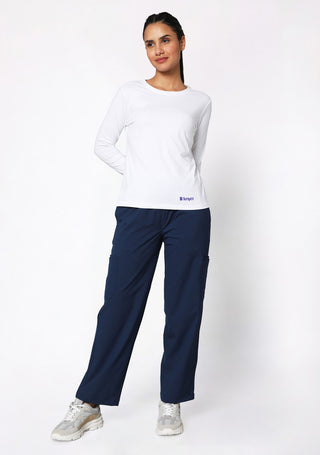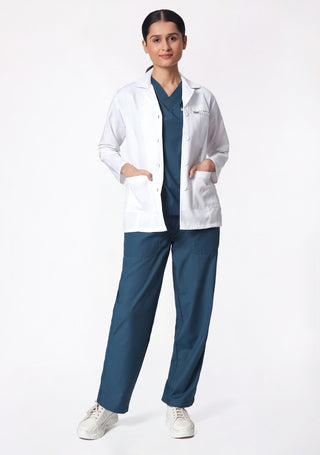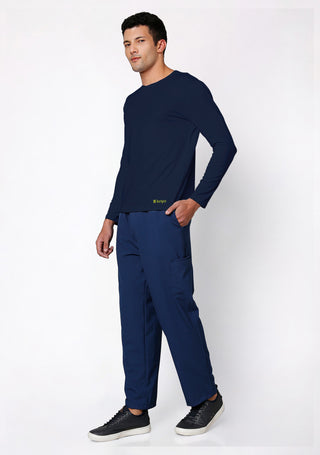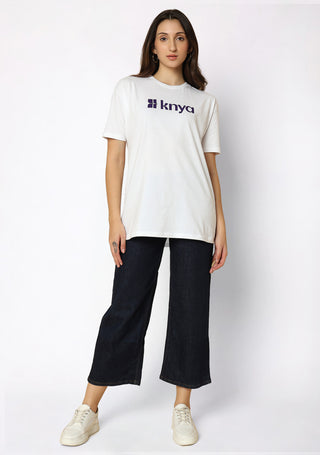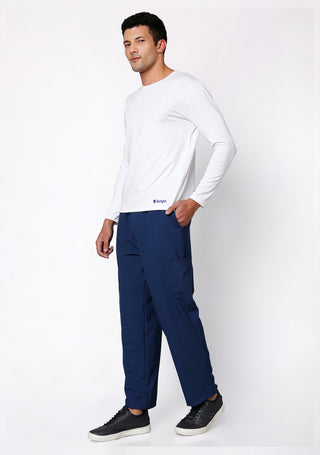Nurses' uniforms are very important in healthcare systems , the number of nurses is higher than the number of other healthcare workers.The perfect uniform for the nurses will be the ones which does not compromise on hygiene, comfort, safety, and a professional appearance.Whether you're a nursing student, a new nurse, or someone updating their wardrobe, choosing the right nurse uniform makes a difference in your daily work.
Why Nurse Uniforms Matter?
A nurse’s uniform is part of their identity. Nurses are literally the link between doctors and patients; they interact directly with doctors and patients as well. This makes them and their uniform matter the most. It should show professionalism and help patients recognize who to approach for help. Uniforms also help in:
- Hygiene: Made from easy-to-clean fabrics that resist bacteria.
- Functionality: Designed to carry tools like pens, scissors, gloves, etc.
- Comfort: Built for long shifts, frequent movement, and different temperatures.
- Safety: Covers the body properly and often includes non-slip shoes or closed collars to avoid accidents.
Click here to Explore All Women's Scrubs and discover our complete collection of comfortable and stylish medical apparel.
Types of Nurse Uniforms
Apart from the old conventional white uniforms now nurses are having a variety of choices in their uniforms.
Scrubs
Scrubs are the most common and widely used nurse uniforms, It gained popularity recently .It typically consists of a top and pants. They are popular for their simplicity and ease of maintenance.
Tunics and Trousers
Not all but Some healthcare facilities opt for tunic-style tops paired with trousers, offering a more formal appearance.
Gowns and Aprons
This is not commonly used in the usual humid Indian Climate , it's only used in In high-risk areas, additional protective layers like gowns or aprons are worn over standard uniforms to prevent contamination.
Key Considerations When Choosing Nurse Uniforms
Fabric Quality
Fabric should be your first and most important factor to consider. You should Opt for fabrics that balance comfort and durability. Instead of going with one fabric material you should prefer blends of cotton and polyester are common. This blend offers great breathability and resistance to wear.
Fit and Comfort
Choosing the right fit is a bit confusing and complicated. It shouldn't be too loose that it's hanging off your body or too tight so that you can't breathe. A well-fitting uniform allows for ease of movement and reduces fatigue. Consider uniforms with adjustable features to accommodate different body types.
Functional Features
Look for uniforms with enough pockets and compartments to carry necessary tools and personal items. The necessity of pockets will depend on your needs and what all things you wanna carry with you while you work.Never settle with less pockets than your need , you may have to switch to a new uniform or will have to accommodate more to it which is extra work and spending.
We believe you deserve the best. Shop our amazing selection of lab coats right here.
Color and Design
Color choices may be dictated by workplace policies and your personal preferences or the specific department for which you serve. In some settings, specific colors denote different roles or departments, aiding in quick identification. For example, RNs may wear purple, while LPNs or technicians wear gray or black scrubs.
Enhancing Your Uniform
Layering for Comfort
In hot and humid environments more breathable lightweight scrubs should be used without any layering. In cooler environments wearing a long-sleeved undershirt beneath scrubs can provide additional warmth and comfort.. Choose moisture-wicking fabrics to maintain comfort throughout the day.
Personalization
It's always special if you buy something exclusively for yourself. The whole idea of personalization is that only. Adding embroidery or emblems to your uniform can offer a personal touch while maintaining professionalism. Ensure that any customization complies with your facility's guidelines.
Accessories
Functional accessories like badge holders, compression socks, and appropriate footwear can enhance both the utility and appearance of your uniform

